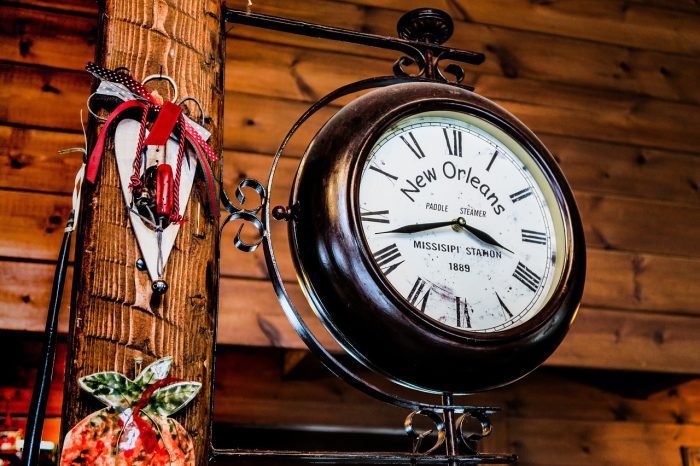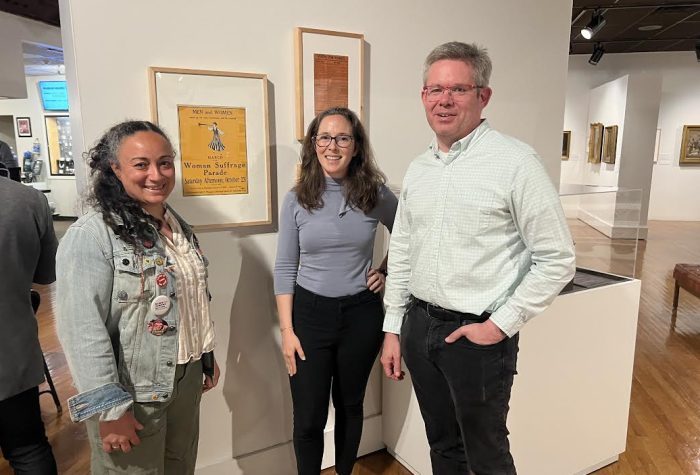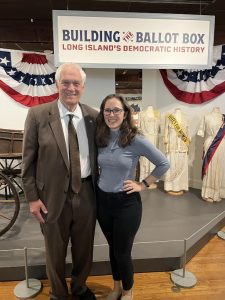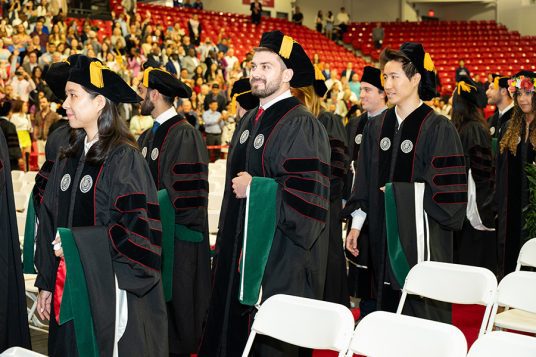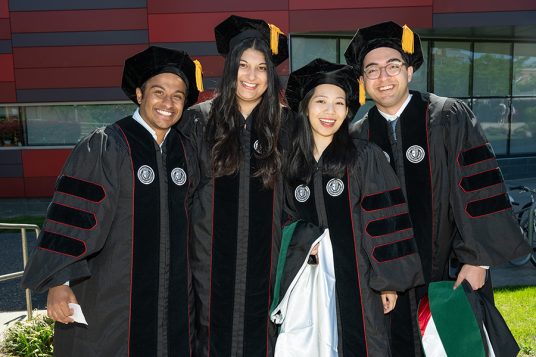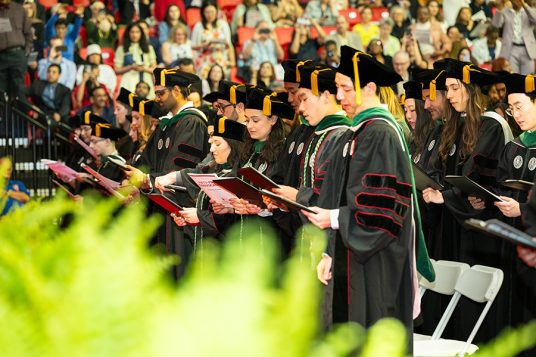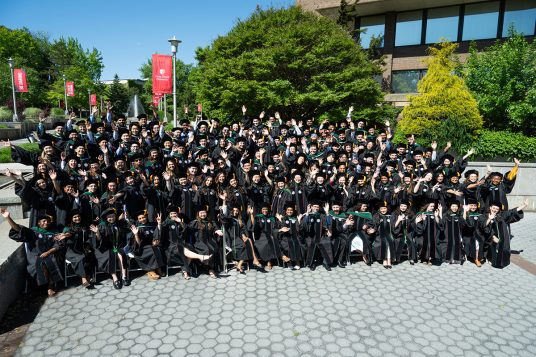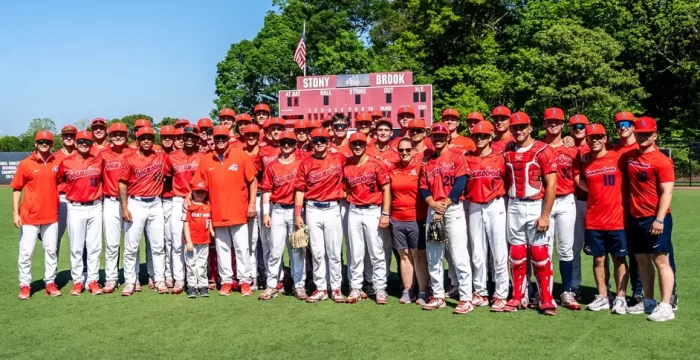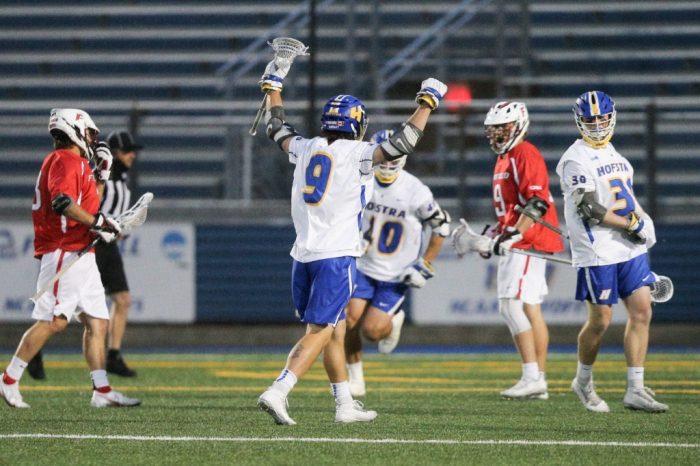By Daniel Dunaief
Graduates preparing to emerge into what passes for the real world these days need to keep in mind something they studied in introductory economics: supply and demand.
You see, any imbalance creates opportunities and the world outside the academic cocoon has plenty of those.
Let’s start with supply. We have plenty of anger, frustration, irritation, and hostility. Yes, I know those are emotions, but, really, aren’t those in full display regularly and aren’t they at the heart of decisions and actions?
Anger and bitterness float around like a dense fog, settling in at the comment section for stories, expressing themselves out the open windows of cars stuck in traffic, and appearing in abundance in long, slow lines at the grocery store, the deli counter, or the dreaded Department of Motor Vehicles.
We also have plenty of absolute certainty, particularly among our fearless leaders at every level. This certainty manifests itself in many ways, as people are convinced they are right, no alternatives exist, and they can and will prevail over time.
For many of them, the world has returned to a state of black and white, where good and right are on one side and evil and darkness reside on the other. The reality, as many movies, books, and forms of entertainment suggests, is somewhere in between, with a wide spectrum of grey and, if you look for it, magnificent colors.
These same leaders are neither particularly good winners or particularly good losers, not that some of them would admit to losing anything anyway.
We also have innumerable entertainers, who collect followers like Pied Pipers with their flutes, sharing videos, ideas, and whatever else brings in viewers. They need followers and, with people eager to stay plugged in to the latest compelling popular culture, the people seem to need these attractions.
With such a high supply of followers, you don’t need to be just another one in a long list.
We have no shortage of people willing to offer advice and second guess anyone and everyone else. From their couch, sports commentators always somehow know better.
We also have plenty of electronic, artificial and technological systems that aren’t working as well as we, and the companies that use them, would like. That’s a supply of inefficiencies with a demand for improvements.
I can’t tell you how many times a voice activated system asks me for information, I provide it, the system repeats it and then the whole process starts over again, without getting closer to a real person or a resolution. These systems have bad days far too often.
Okay, now, on the demand side, we need more people who listen carefully and closely and who can learn in and on their jobs.
These days, people who find solutions, take responsibility and represent any business well are in shorter supply. Plenty of people seem indifferent to disgruntled customers, waiting for a better job to come along while they allow themselves to do work they don’t find particularly rewarding or compelling.
We also have a demand for listeners. With all the frustrations and disappointments out there, sometimes people don’t need anything more than someone who can listen to and acknowledge them.
On the demand side, the need for questions is extraordinarily high. When recent graduates don’t know or understand something, they can and should ask.
An answer along the lines of, “well, we do that because that’s the way it’s always been done,” offers an opportunity to improve on a process, an idea, an approach or an interaction.
The demand for people who can disagree effectively, can show respect, and can bring people together is extraordinarily high.
We don’t all need to agree on everything and to nod our heads like artificial intelligence automatons. We need people who can bring us together and keep us focused on shorter and longer term goals.
The need for positivity, solutions and great ideas is high. We live in an incredible country with a fascinating mix of opportunities, people, narratives, and potential.
Be prepared to use some of the ways of thinking you learned in college. When the majority of people are going right, consider what going left might mean and vice versa.
Other people might have their habits, patterns and routines, but you don’t have to adapt them as your own immediately. Be prepared to offer something new.
Your fresh perspective through eyes that haven’t seen a process occur repeatedly can and should be an advantage.
Yes, you might be a rookie in a new job or a new program, but that can mean that the demand for your insights can make you a valuable and welcome addition to any team.


